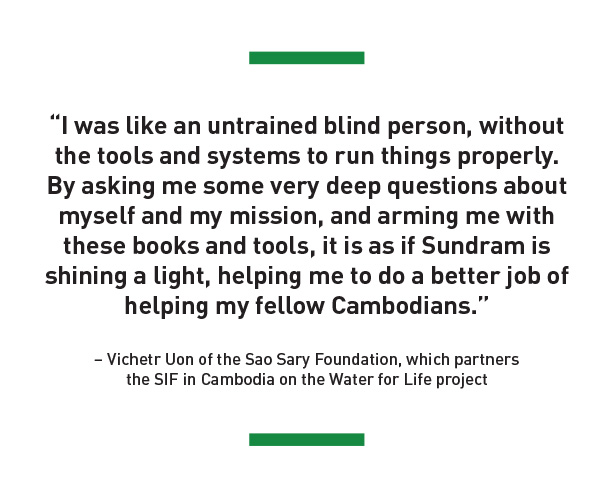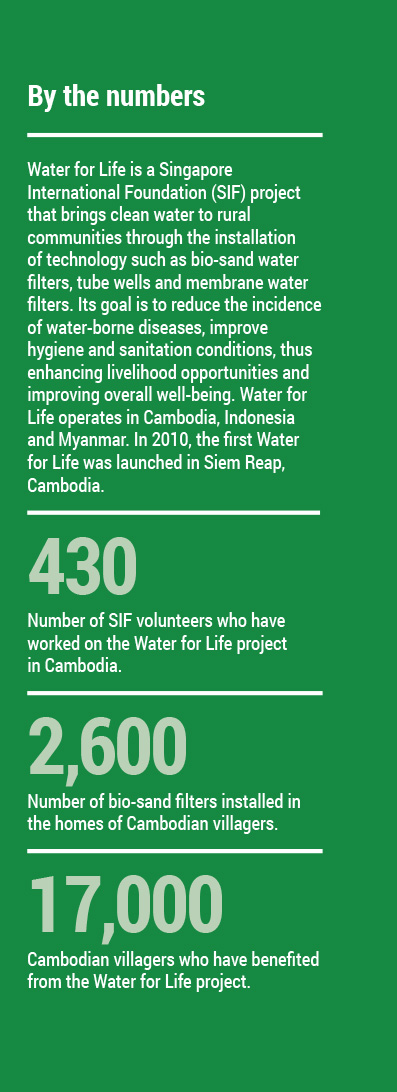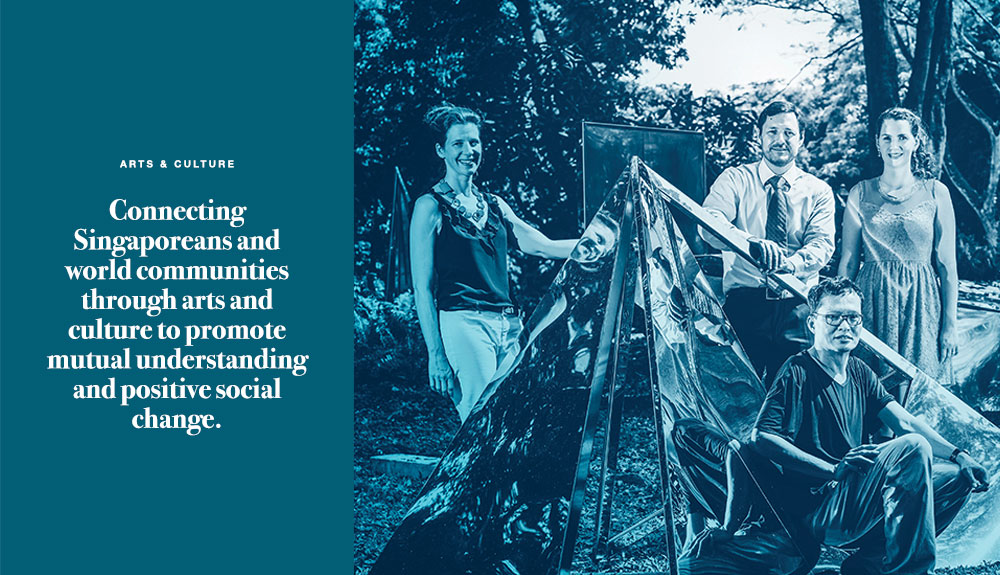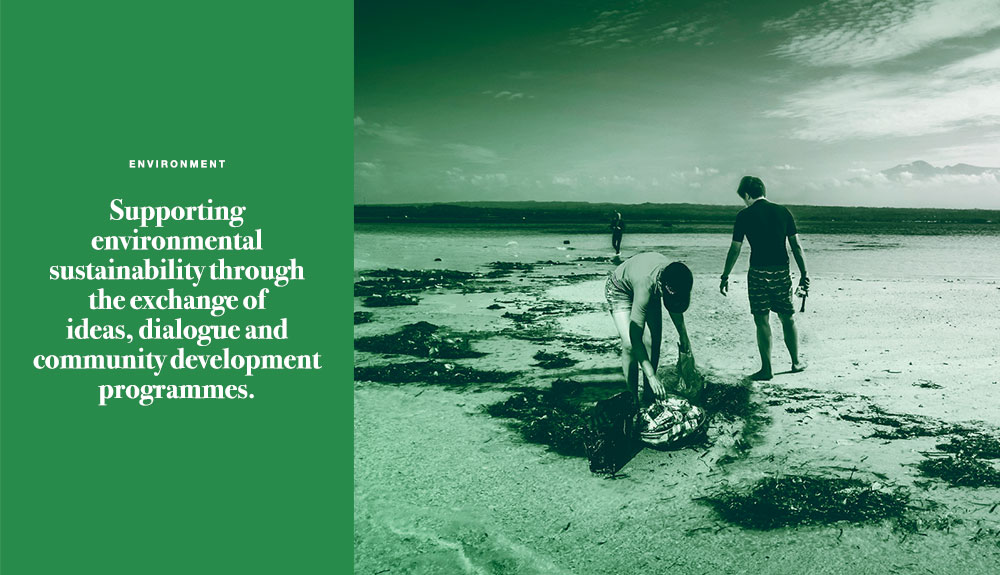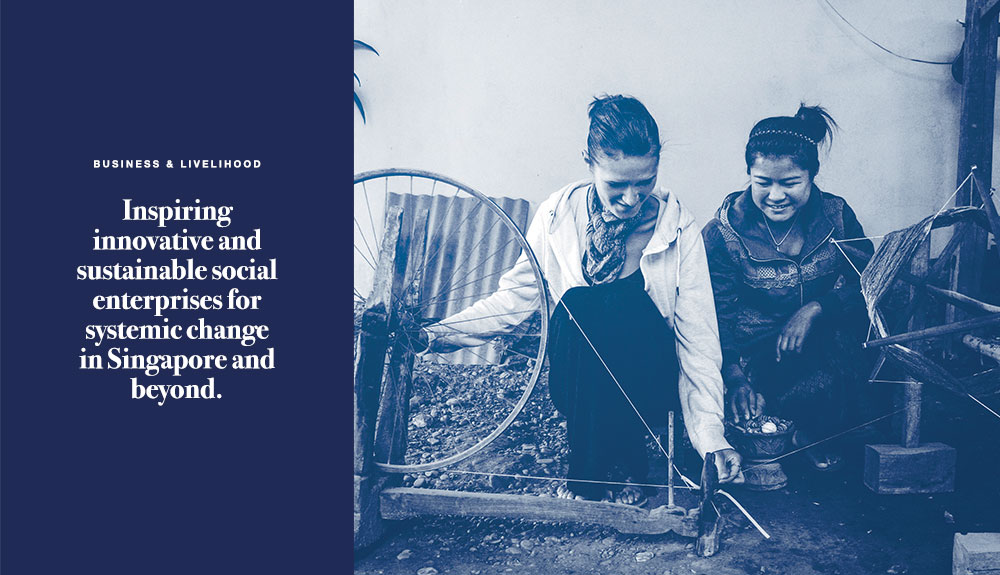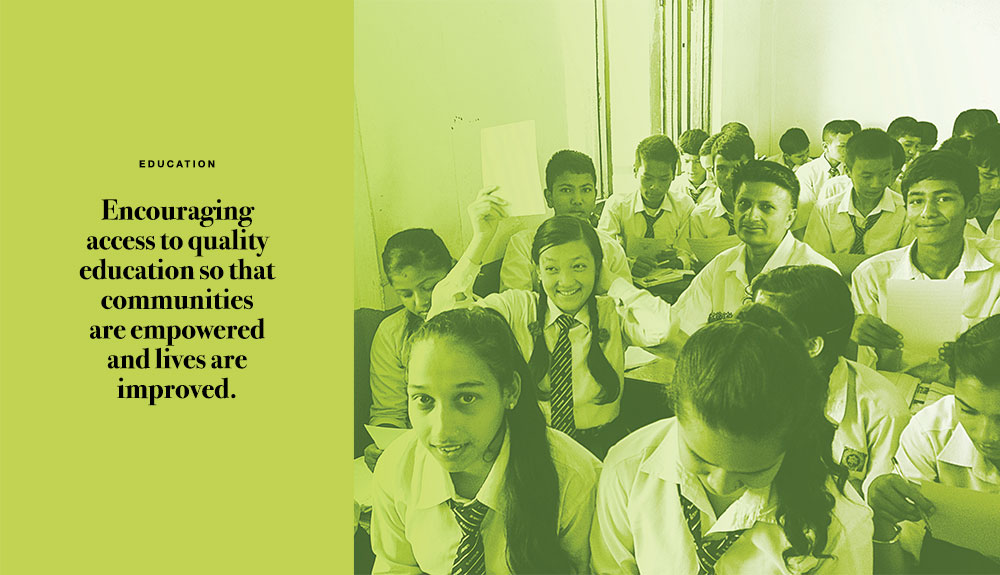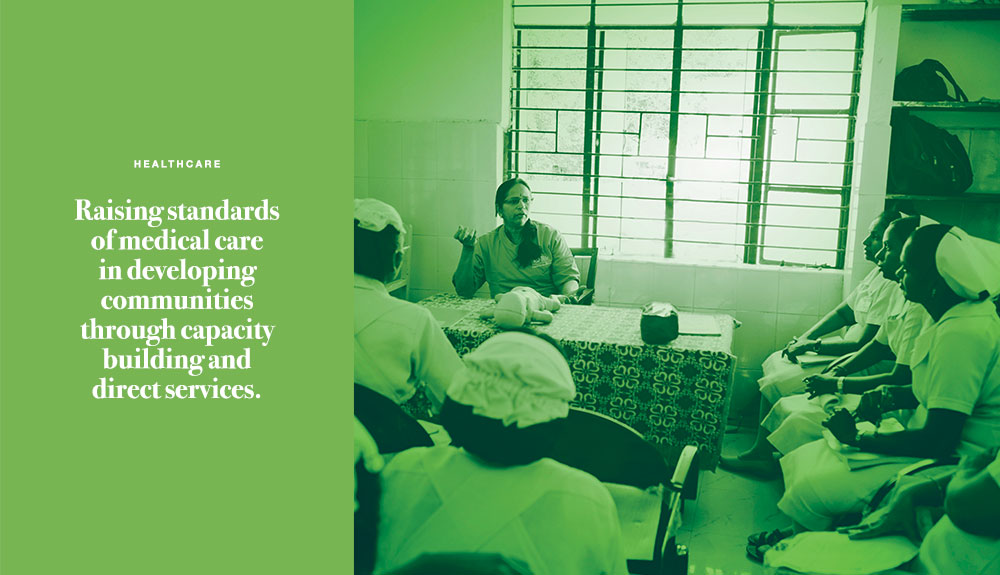
The blazing sun, which has dried up the village wells in the Cambodian province of Kampong Speu, beats down on a group of Singaporean volunteers standing on a pile of cement dust with shovels in their hands.
Clad in orange Singapore International Foundation (SIF) T-shirts, face masks to ward off cement dust and UV-protective arm sleeves to prevent sunburn, they listen attentively to group leader Seluasundram Nagalingam.
The 50-year-old leads them in mixing the cement and casting it into moulds, which will produce bio-sand water filters weighing a hefty 100kg each. The filters will be given to villagers, who will then be able to drink water that has been purified.
“Access to clean water is a basic human right,” says Sundram, a Master Warrant Officer with the Singapore Armed Forces. “Over the years, I have seen how our efforts have slowly improved the lives of Cambodians and that’s what keeps me coming back.”
‘Family’ network in Cambodia
Sundram is particularly driven to improve the lives of the children. He grew up in the Ramakrishnan Mission Boys’ Home, a boys’ shelter in Singapore, because of family issues. After enlisting in the army as a teenager, Sundram decided to serve the community. Today, he volunteers with both the Boys’ Home and the SIF.
In his five years as an SIF volunteer, Sundram has participated in and led more than 10 trips to Cambodia for the SIF’s Water for Life project. Each time, he takes leave from his job for up to a week at a stretch, leaving behind his wife and two daughters.
In Cambodia, he spends time with his other “family”. These are the farmers who can now spend more money on livestock because they have clean water and no longer have to take their children to hospital or keep buying medicine for water-related diarrhoea. The children have started using toothpaste and toothbrushes after attending hygiene talks by Sundram.
“It is heartwarming to go back to the village and see how the villagers have moved on. Some of them recognise you.
Their children have grown up; some have gotten married; some have babies. They also lead healthier lives now,” says Sundram, who practises the Cambodian greeting of placing both palms together wherever he goes in the country.
He has made life-long friends with the Cambodians, such as interpreters, drivers and representatives from nongovernmental organisations (NGOs). They are a bulwark of support for Sundram when he needs to organise logistics for his volunteer teams, each comprising 10 to 15 volunteers. They help him coordinate transport and accommodation, arrange for packed meals and aid communication with the locals by translating in Khmer.
Sundram’s special connection with the local community has enabled them all to pull together and effect positive change.
He is especially inspired by Vichetr Uon of the Sao Sary Foundation, an NGO and the SIF’s partner in Cambodia for the project. Says Sundram: “Vichetr is someone who fought against many odds, including lack of funding, to help the local people. His work has motivated me to do more.”
For instance, when Sundram found out that a Cambodian couple had turned their land and house into a school for the village children, he mobilised his friends in Singapore to donate used computers, books and clothing to the school. He also spends his own money to buy sweets for the children.
The friendship goes both ways. Uon suffers from aches and pains, so Sundram encouraged him to practise yoga and is now his yoga instructor. His office library is full of books – on yoga, leadership, coaching and management – that Sundram has given him over the years.
Uon says: “I was like an untrained blind person, without the tools and systems to run things properly. By asking me some very deep questions about myself and my mission, and arming me with these books and tools, it is as if Sundram is shining a light, helping me to do a better job of helping my fellow Cambodians.”
A sustained effort
Once the work is done, Sundram usually extends his leave by a day or two to explore Cambodia with his local friends, from trekking in Phnom Kulen near Siem Reap to visiting the Angkor temples.
“(We) are big groups of Singaporeans and Cambodians, all just having drinks or a meal, appreciating nature, together,” he says.
These friendships are made stronger with frequent visits and help to create a lasting bond between the people of the two countries. Sundram has found that the Cambodians are warm and hospitable. What resonates with him most is how they live simply and are content with what they have.
The Cambodians’ impression of Singapore has also changed. “At first, what they know about Singapore is that it is a rich city-state,” says Sundram. “Over time, they can see that we are sincere. That builds trust and friendships, and that is how we become known as a small island with a big heart.”
All it takes is the effort to connect.

